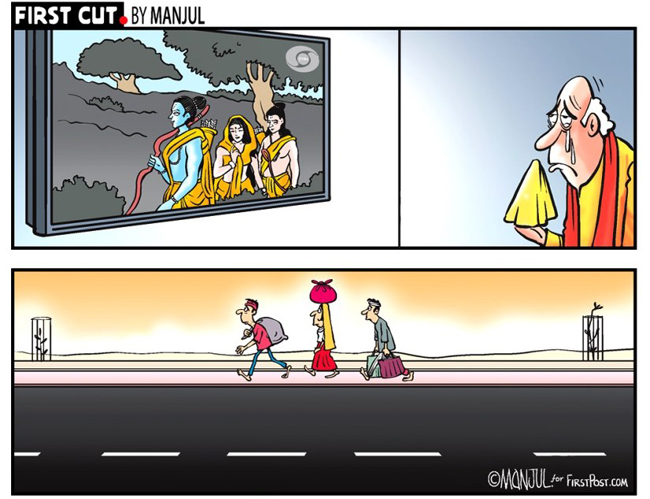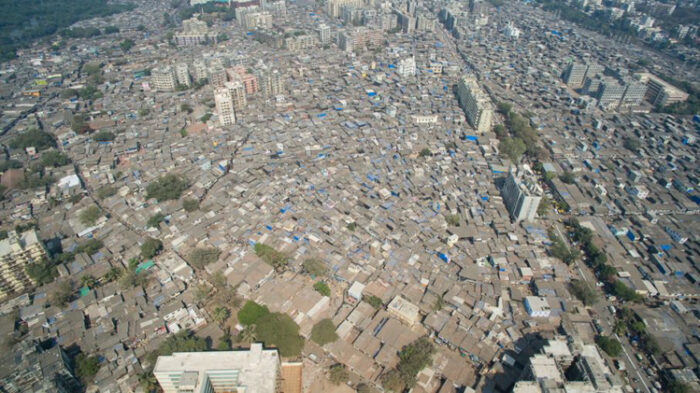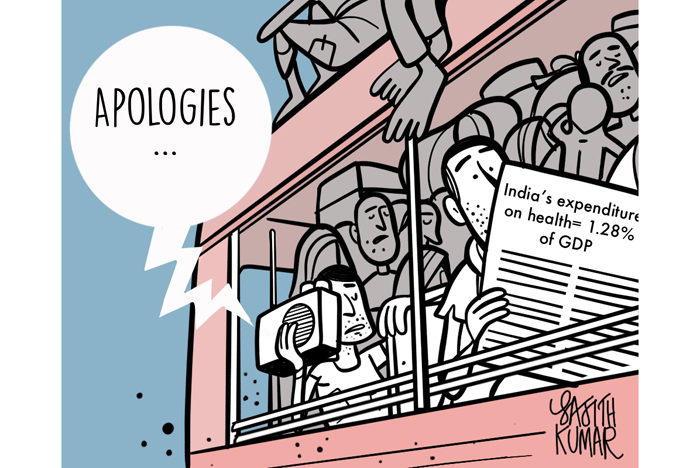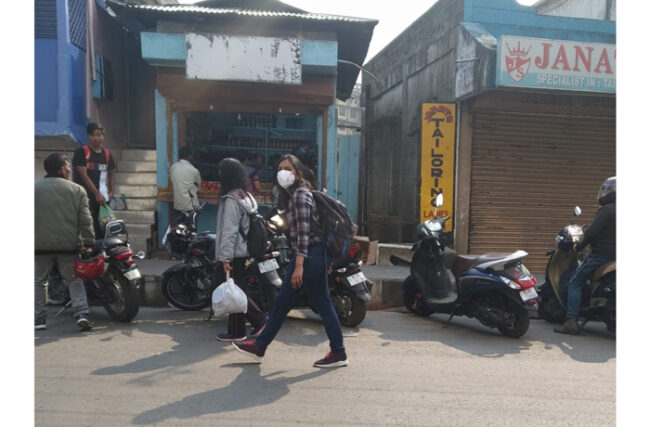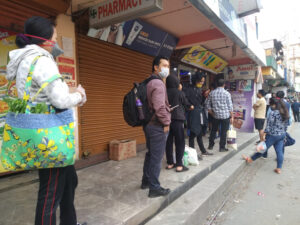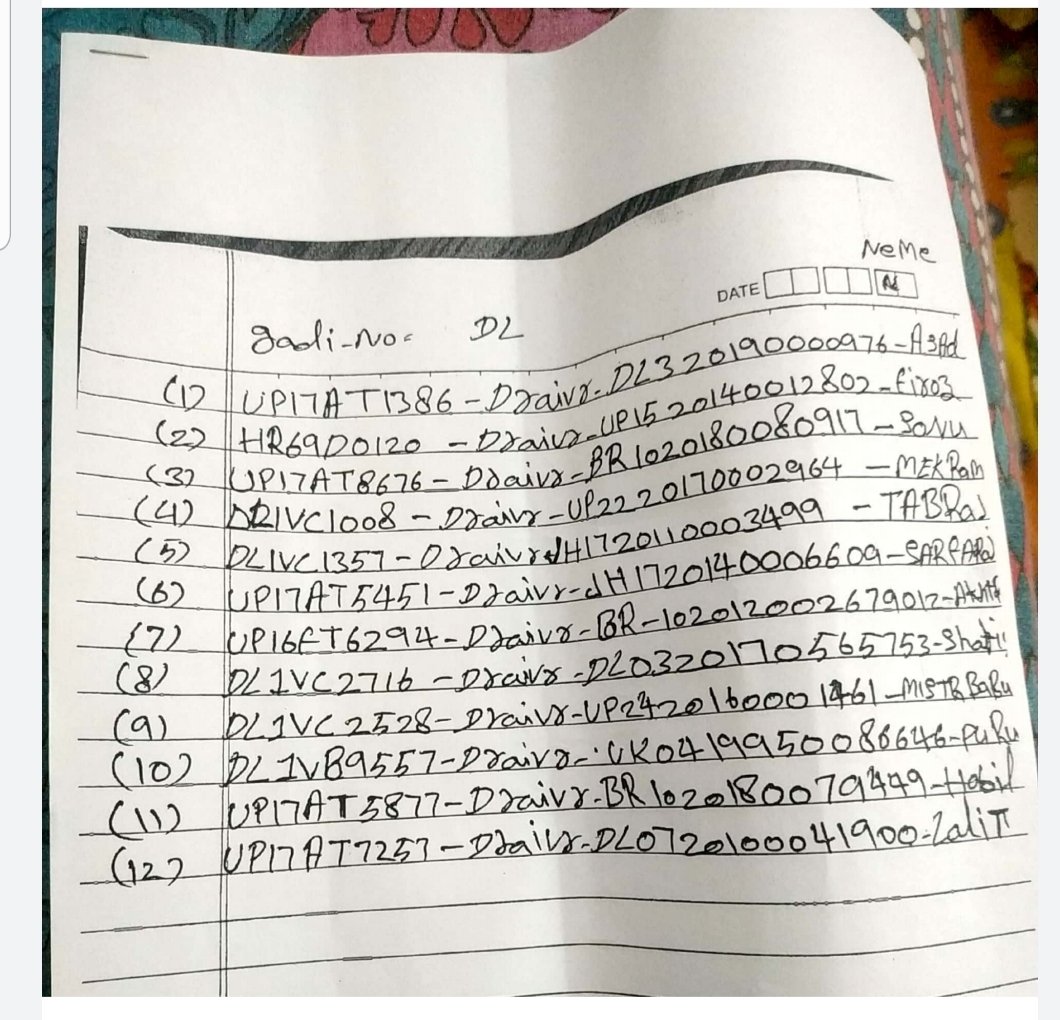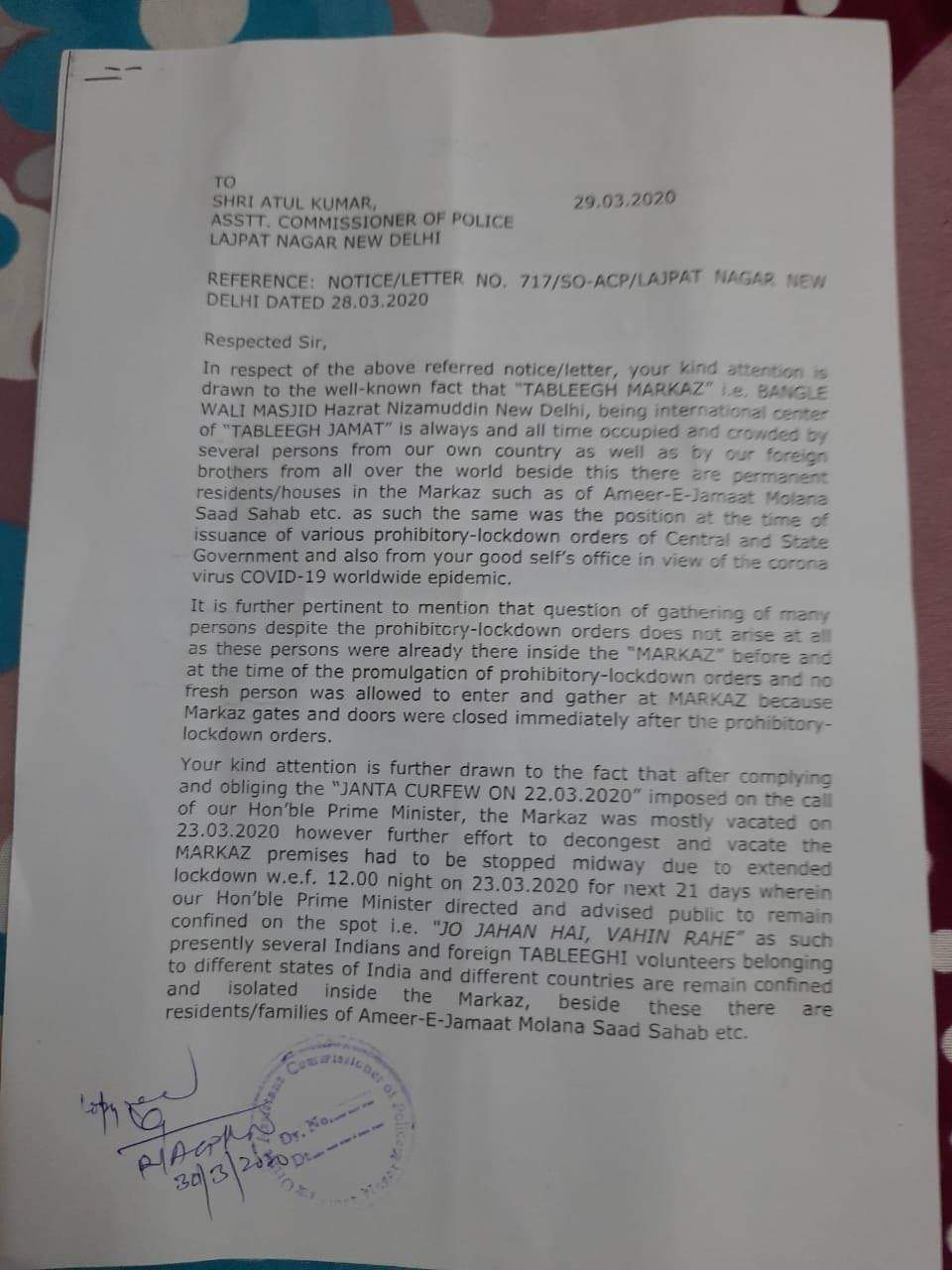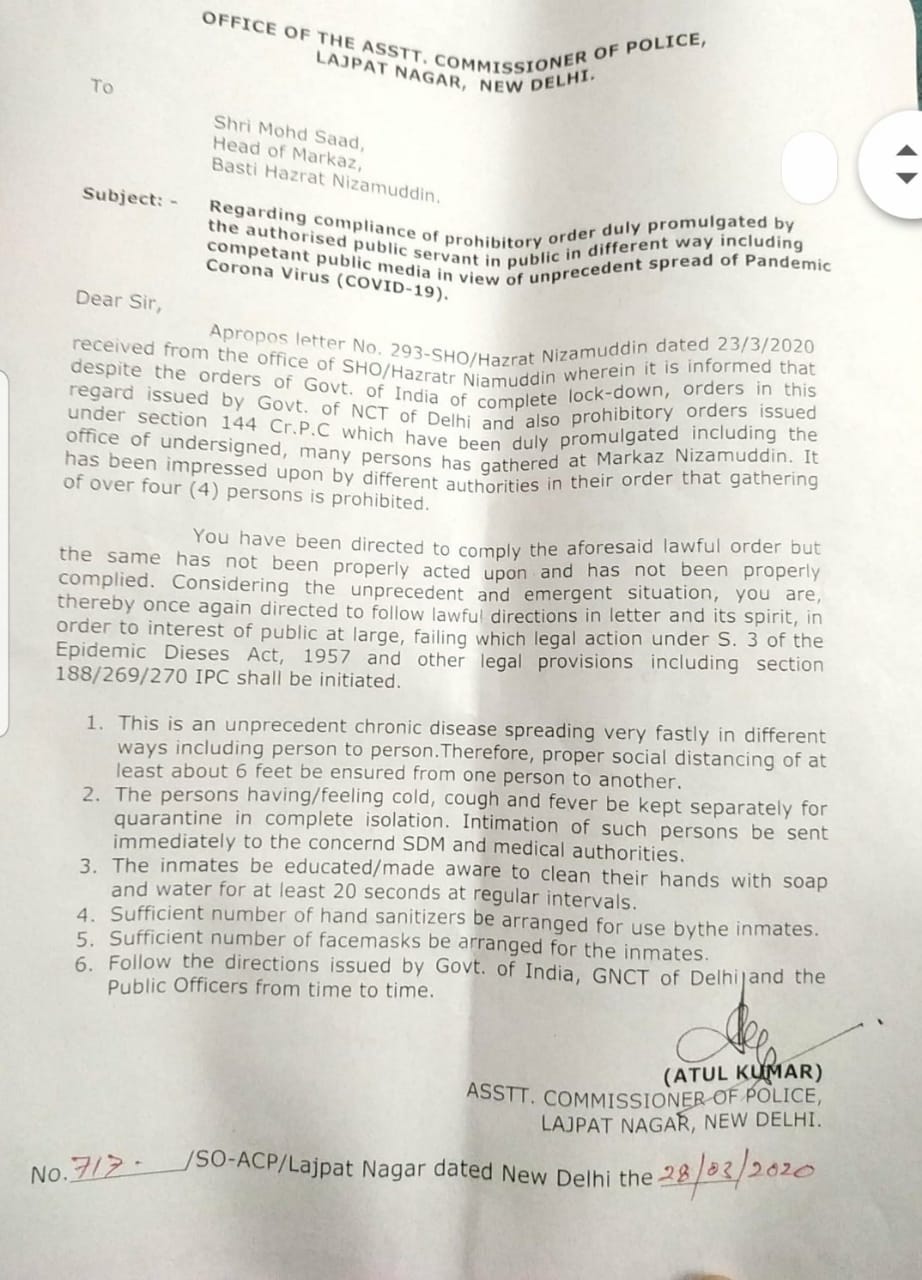As most Indians are undergoing a difficult three weeks-long total lockdown in the wake of the corona pandemic, our prime minister is increasingly preaching like a TV Messiah, far removed from our mundane but real lives and his actual mandate from us. In his latest show (for a change, at 9AM instead of his ominous 8PM appearance) he did not care to address our worries about essential supplies of food and medicine, black-marketing and soaring prices including that of masks, gloves, hand sanitizers needed for basic protections against the deadly contagion as well as huge charges for testing at private labs.
Better not to mention our loss of income and livelihoods as well as traumas of stranded and dislocated families far away from homes. He did not express any regret for another hike in fuel prices and another cut in small savings interest rates when we are already hard-hit. Neither had he let us know the possibility of the partial or total continuity of the lockdown after 15 April on which lives of millions of families would depend.
Most importantly, the prime minister did not bother to inform us on the government’s assessment of the ground situation, particularly, in the public health front and his further strategies. There are media reports about the scarcity of ventilators in hospitals, test kits for both state-run and private labs, even PPE (Personal Protection Equipment)s for the health workers who are at the frontline of the combat. Doctors, nurses and paramedics are getting exposed to the contagion due to the shortage. But the prime minister did not assure them and their families on the supply and distribution.
Modi neither spelt out his message to his corporate friends to produce the emergency items on war-footing. His buddy Donald Trump has finally asked US behemoths by invoking laws related to war-time productions after blaming Obama for shortage and denying gravity of the crisis for long. Nor did Modi ask the private hospitals to share the burden of state-run units free of cost for the poor or by charging nominally to the government in the spirit of national unity.
Invoking supernatural?
Instead, he continued his grandstanding while keeping us on tenterhooks about his next move. Sermonizing like a spiritual guru of popular Hindutva variety (as we watch them on various Astha channels in their morning shows), our Mota Bhai urged the nation to unite its ‘Samuhik Shakti (collective power) with the Maha Shakti (the ultimate power) to defeat the currently manifest Evil.
As Dr. Pradip Basu, a political scientist and the dean of social sciences at Presidency University, Kolkata, has pointed out in a video message addressed to the prime minister: did Modi want to invoke a supernatural, mysterious power to tame the invisible scourge? His appeal to the profound religiosity of average Indians across the faiths will surely find resonance. But does it reflect the constitutional letter and spirit of scientific temperament that our founding fathers wanted the republic to instill in our minds in the wee hours of our freedom?
We wonder whether the difference between our prime minister, the RSS Pracharak and Maulana Saad, the muddle-headed and utterly irresponsible chief of the Nizamuddin Markaz lies only in degrees. The ‘Godi’ media can afford the outrage against the Maulana’s ‘corona-factory’ and ‘corona Jihad’ and blame the community as a whole for his indiscretions. It is another matter for the supine to take on the mighty Modi.
Bridging rich and Poor gap?
In tune with his earlier ‘Taali and Thali’ exhortations on 19th March that came without any plan to meet up the medical, economic and social emergency for a ‘Janata Curfew’ on 22nd March, a prelude to his drastic but unplanned lockdown on 24th March, Modi now asked us to put out electric lights on 5th April or Sunday evening. He wanted us to light up traditional diyas and candles at our doorsteps to declare our oneness in the fight against the darkness that has descended on the world lately.
This gesture, he felt would usher particularly, ‘our poor compatriots into a new dawn of hope from the darkness of fear and uncertainty.’ No. he did not mention the millions of migrants whom his knee-jerk, unplanned lockdown has thrown out of jobs and shelters and driven them on to highways to their distant homes before police stopped. Neither he reiterated his appeal to his well-off supporters and party-men to feed the poor. After all, the holy period of Nav Ratri to Ram Navami is over.
Modi is neither a Mahatma nor a Sardar
I wish I was witnessing a Mahatma-in-making. But unfortunately, he is neither the ‘half-naked Fakir’ nor his worst detractor, Windsor Churchill whose pep talk had boosted the British morale against Hitler’s invasion. Modi and Amit Shah, his chief of staff in divisive politics have already divided the Indians into Hindus and Muslims more than the Raj and its cronies. The father of nation would have been martyred again had he been alive in the days of ‘Goli Maro’ gangs. Modi actually using this pandemic as an opportunity to impose further his personality cult and presidential style of governance.
He is obsessively pursuing his own agenda of putting himself on a higher pedestal, than even the Sardar, the unifier of the Indian nation-state. A superb demagogue, he absolutely understands the hypnotic spell of public spectacles as the Fuehrer knew. In addition, Modi knows the strength of television and digital media to harness a Bhakt middle class to his cult and cause. So only Modi’s corona shines when a divided India observes blackout.
Playing on fears of the Opposition
His public addresses on the corona-crisis have deliberately ignored the constitutional federal system as he hardly mentioned the role of state governments in the crucial decision-making and their collective accountability to the people through assemblies and parliament. Yes, he has held video- conferences with chief ministers after he had declared the countrywide lockdown. Far from trying to forge a real national unity by bringing the opposition parties and the states run by them at the time of national crisis, he had actually played on the fears of these regional leaders as some of them were more eager to seal off their fiefs.
Now he wants them to follow a ‘common exit plan’ from the lockdown based on ‘staggered lifting with controls on social gatherings and freedom of public movements’.
Clearly, he wants opposition-run states not to allow public protests against his regime’s divisive politics and anti-poor economics to resume. For this, he again plays on the fear of opposition leaders who do not want to be blamed for resurgence of the virus if it comes after the withdrawal of the lockdown. As long as this fear persists, Modi will continue the violations of constitutionally guaranteed fundamental rights and human rights in the name of public health and collective good under anti-epidemic laws. The history far and near is replete with examples of epidemics being used by wily rulers to enjoy emergency powers.
Modi did not care for WHO on real preparations
Interestingly, he did not care for the WHO advice of staggered approach to lockdown with flexible intensities in regions depending on the ground situation instead of complete national shutdown at one go. Please see my earlier reports on WHO reservations to complete Lockdowns in India and elsewhere since it had shifted the focus from orchestrated screening-testing- detection-isolation-quarantine of the virus-carriers to unnecessary sufferings of the millions.
In between 30th January (the day WHO raised the Global alarm) and 11th March (the day it declared a Pandemic), the regime moved at a snail’s pace till 24th March (the day Modi announced 21-days Lockdown). Wait for our next report, which will highlight the reality of Modi’s claims of bold and visionary leadership.
Views expressed here, are the author’s personal opinion




